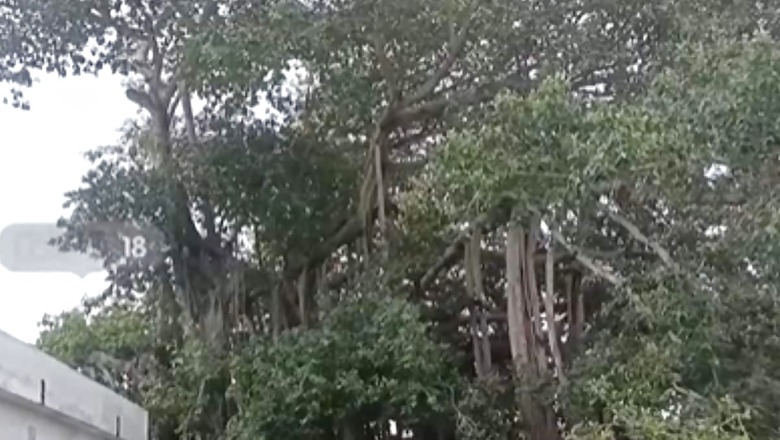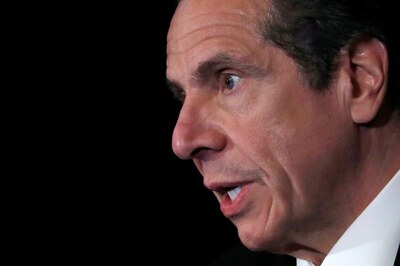
views
We all know planting trees is very important for our surroundings and future generations. People like Mahatma Gandhi and Jawaharlal Nehru, who went to different extent to fight against the British, planted saplings in those areas during the independence movement. Around that time, Gandhiji visited Srikakulam in Andhra Pradesh and planted a banyan sapling at the railway station as part of the 1942 Quit India Movement campaign. That banyan sapling has now grown into a big tree. Let’s learn about the special features of that banyan tree.
According to reports, as part of the Quit India movement campaign against the British rulers, Gandhiji travelled across the country by train, made people aware and got down at Dusi Railway Station in the Srikakulam district. There, he planted a banyan sapling. Now that banyan plant has grown into a huge tree, spreading over two acres. This tree gives shade to many passers-by. As per experts, this is proof that the ambitions of intellectuals will be useful for future generations.
Srikakulam district is one of the places that played a vital role in the independence movement. This place has a special identity. History says that Gandhi visited the district in 1942. During the Quit India Movement, Gandhiji visited Amadalavalasa, a town in Srikakulam district and held a huge meeting at the railway station. Even today, locals say that not only people from that area but also people from other districts attended the meeting in large numbers.
Locals also shared that the tree planted by Gandhi on that day is now big and is the symbol of pride for their village. Local people also salute this tree. People want the authorities to take steps to ensure that this important banyan tree is recognised at that level. The board should be set up in such a way as to show the importance of this great tree planted by Gandhi.
The local people in a media interaction have requested the authorities recognise the responsibility of taking care of this banyan tree, which is a mark to the important events of the independence movement for future generations.



















Comments
0 comment